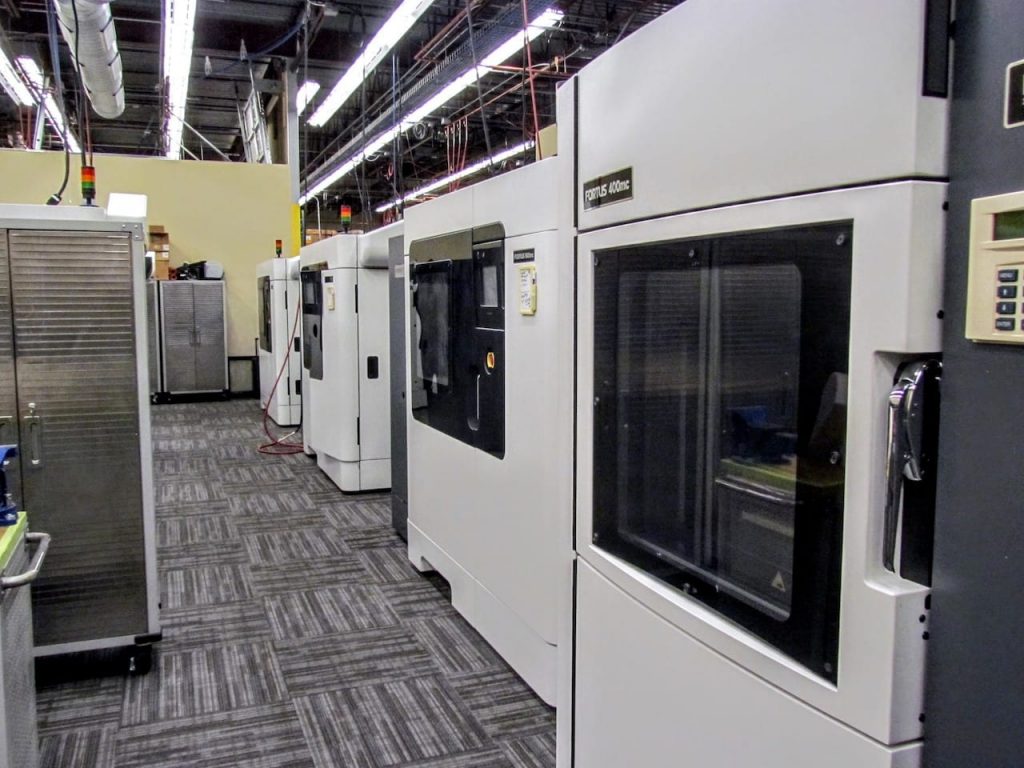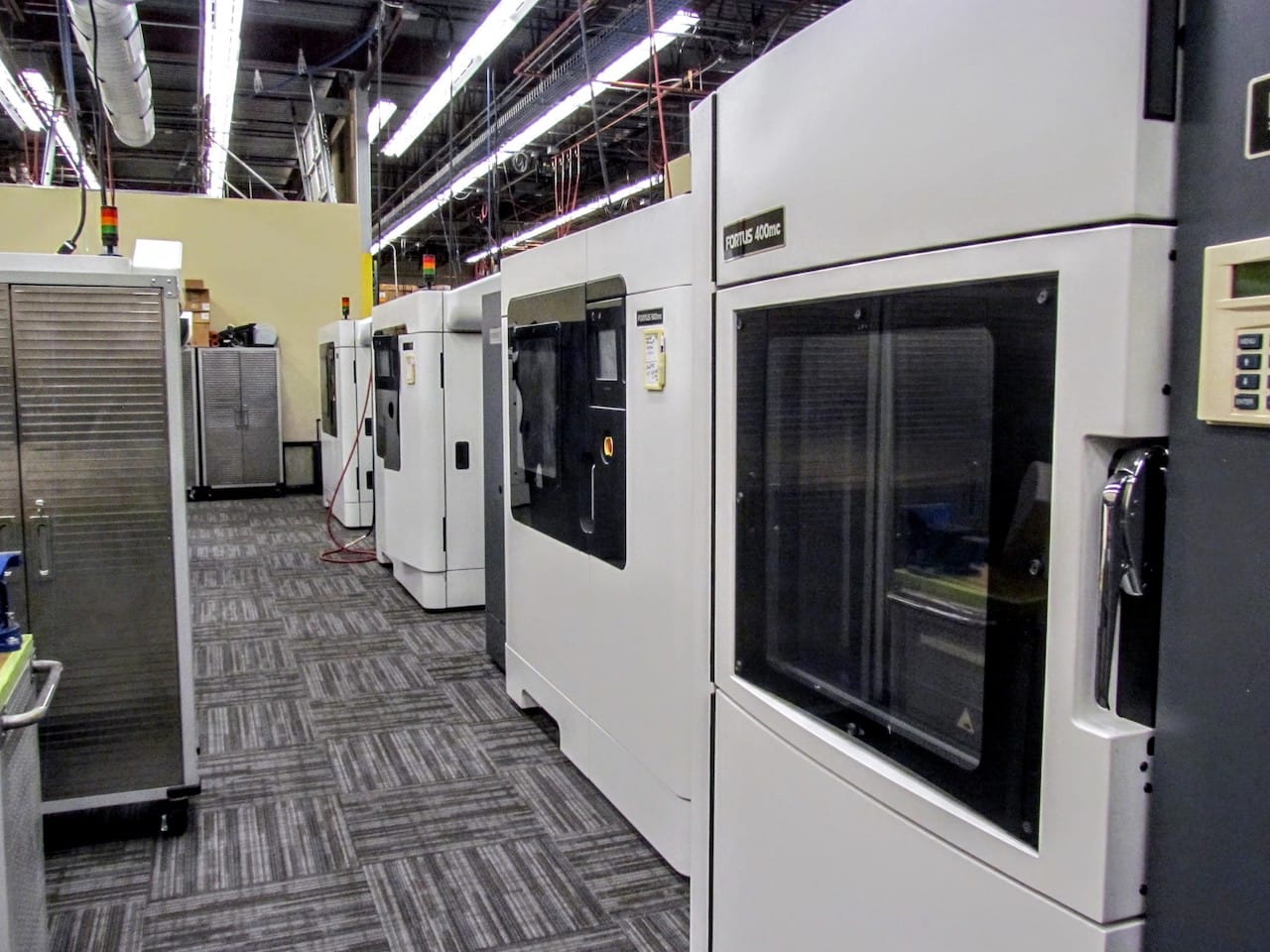
Global manufacturing has reached an inflection point.
Supply chain issues are real and not going away soon, causing volatility and disruptions in today’s manufacturing environments. While faced with material and staff shortages, operations are leaning towards resilience and agility to better manage supply chain disruptions and shifting demand, recognizing the limits of complex supply chains and lean manufacturing. As a result, factory operations will need to be more digital and more connected.
That is one reason why additive manufacturing (AM) is getting a closer look. Earlier this year, the U.S. government recognized this paradigm shift with the AM Forward initiative, a public-private partnership to drive greater adoption of AM as a part of a distributed manufacturing model. The elasticity and ability to utilize AM to produce on-demand parts at scalable volumes anywhere they are needed helps mitigate supply chain strains and manufacturing risks and extends the promise of Industry 4.0. And additive manufacturing is digitally native, from design-through production.
Scaling up AM is a challenge, however. Additive manufacturing has evolved from product prototyping, where engineers depended on a small number of often disparate and rarely networked 3D printers were used at relatively low utilization rates. Shifting AM to production brings new challenges. The “digital thread” for additive manufacturing workflow not only looks different than it does for traditional manufacturing, but it also varies depending on the technologies used, the volumes produced, the locations involved, and quality and regulatory environments.
As a result, an innovative community of software applications developers has arisen to address a variety of needs. These might include cybersecurity software to protect the integrity of digital files, in-process quality applications, design-for-additive software, and more. Right now, there is simply no single software provider that can address the entire set of needs along this AM digital thread.
The solution to this challenge is an open ecosystem approach that allows manufacturers to utilize software solutions from a variety of different companies, all connected through SDKs to a common AM data platform that provides two-way connecting with 3D printers itself and the broader enterprise that encompasses functions including traditional MES and ERP.
That enterprise platform must be open, industry 4.0 ready, AM-native and built to support complete AM workflows across the full digital thread, from design to production. The right open software ecosystem serves as the connective tissue for a factory of the future offering greater control and agility across the manufacturing process. It’s all about leveraging the data-driven nature of additive manufacturing. For example, in the initial design and validate phase, it ensures a two-way connection between design and validation/simulation. The flexibility of 3D printing makes evolving design easier but only if those connections are present. In the next plan-and-validate phase, an AM data platform ensures data from quality assurance can loop back to the validation of the print file itself as needed. And in the manufacturing phase itself, the platform helps ensure the seamless integration of order management and work management with AM asset management, among other benefits.
Through additive manufacturing, on-demand fulfillment of personalized products can be designed and produced from anywhere, eliminating excess inventory and allowing the flexibility manufacturers need. New advancements in manufacturing technology enable reliable 3D printing at scale through smart, connected systems capturing data throughout the factory floor and driving more efficient performance management. Operational efficiencies powered by data and analytics establish an elastic factory where on-demand scheduling delivers shorter lead times, lower operational costs, and continuous quality improvements with predictive maintenance.
As we march forward in implementing intelligent and sustainable processes, it is no surprise that open software ecosystems will take a front row seat as the connective tissue that is driving new levels of efficiencies and service to customers enabling them to amplify business transformation by scaling from 3D Printing to AM. With no end in sight resolving these supply chain issues the time is right to re-invent today’s manufacturing operations and break those barriers for creating what you can imagine no matter your location.

